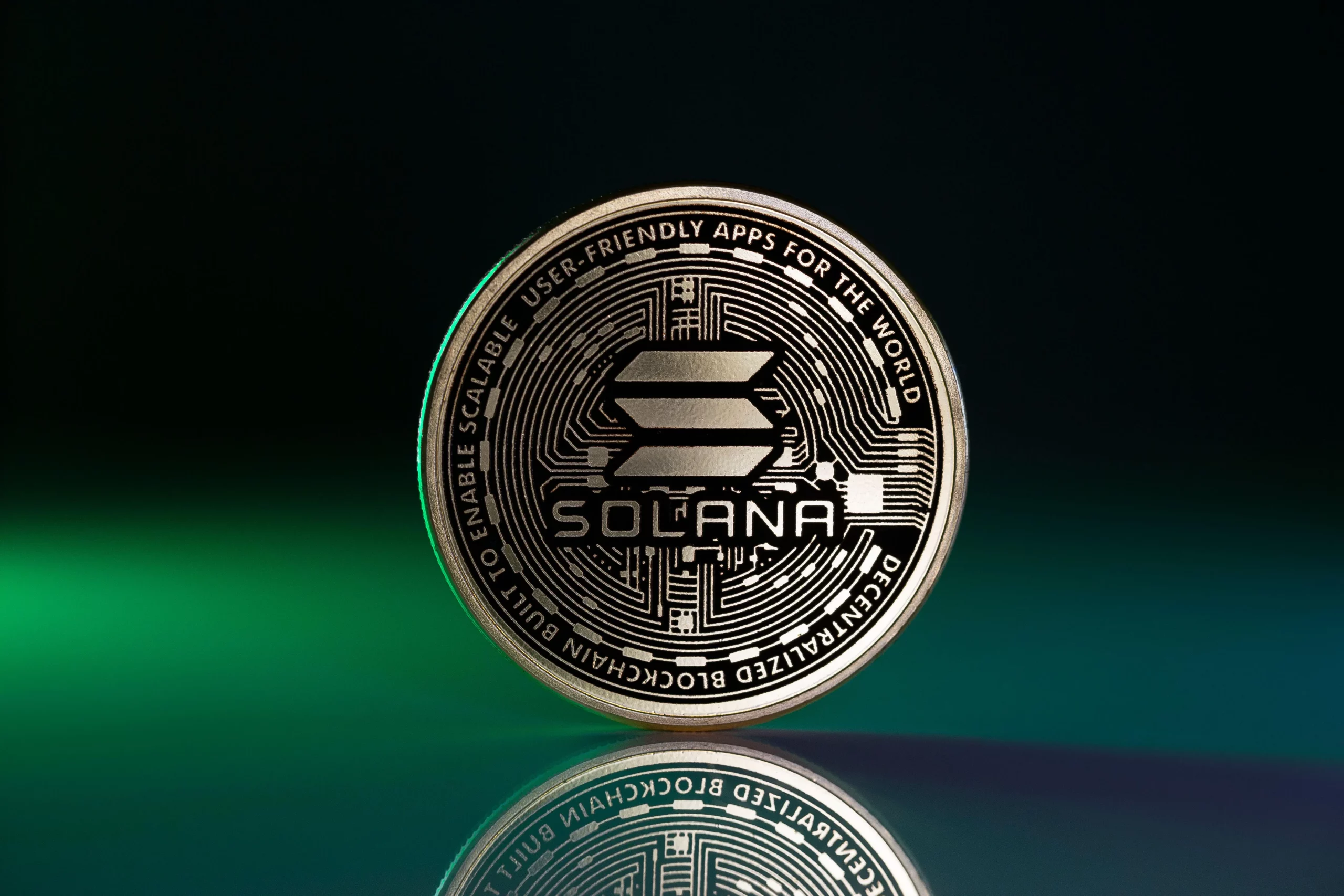Solana has gained attention for its ability to process high-speed transactions, making it a standout in the blockchain space. As decentralized finance (DeFi) grows, the need for fast, scalable, and efficient blockchains has become more pressing. Solana’s innovative approach to solving these challenges places it at the forefront of the DeFi revolution. This article explores Solana’s impact on DeFi, its technological advancements, and its role in shaping the future of decentralized finance.
What is Solana?
Solana is a high-performance blockchain known for its focus on speed and scalability. Launched in 2020, it utilizes unique technologies to enable faster transaction processing than many traditional blockchains like Ethereum or Bitcoin. The key to Solana’s efficiency is its Proof of History (PoH) consensus mechanism, which allows transactions to be processed in parallel rather than sequentially. This enables it to handle thousands of transactions per second (TPS) with low fees, making it ideal for high-demand decentralized applications (dApps) and DeFi platforms. By maintaining decentralization while optimizing for speed, Solana has rapidly gained popularity in the blockchain space, positioning itself as a competitor to Ethereum and other major blockchain networks.
Also Read: Polkadot: Bridging Blockchains for a Decentralized Future
The Importance of Speed in Blockchain
Speed is a crucial factor in the success of blockchain technology, especially within the DeFi sector. Traditional blockchain networks like Ethereum face challenges related to transaction speed, scalability, and high costs, which can hinder user experience and platform growth. Solana addresses these issues by significantly improving transaction speed and lowering fees. The blockchain can process around 65,000 transactions per second (TPS), far outpacing Ethereum’s current capabilities. This efficiency is essential for DeFi applications, where the speed and cost of transactions directly impact their usability. Solana’s ability to handle such high throughput allows DeFi platforms to scale effectively, offering fast, secure, and affordable services to a growing global user base. As demand for decentralized financial solutions continues to rise, Solana’s performance ensures it remains a top contender in the blockchain ecosystem.
How Solana Achieves High-Speed Transactions
Solana achieves its remarkable transaction speeds through a combination of innovative technologies. One of the most significant components is the Proof of History (PoH) consensus mechanism, which allows for the efficient sequencing of transactions. PoH timestamps transactions, creating a verifiable order without requiring consensus on each one, as seen in other blockchain systems. Additionally, Solana’s Turbine protocol enables parallel transaction processing, which reduces bottlenecks and increases overall throughput. The use of these technologies allows Solana to process thousands of transactions per second, a crucial advantage for high-volume applications like DeFi. Unlike other blockchains that rely on expensive computational power or slower block times, Solana’s architecture keeps transaction costs low while maintaining speed and security. This technological innovation positions Solana as a promising blockchain for future applications requiring fast, cost-effective transactions, especially in the DeFi and NFT spaces.
Solana’s Ecosystem: Decentralized Apps (dApps) and NFT Marketplaces
Solana’s ecosystem has rapidly grown to include a variety of decentralized applications (dApps) and NFT marketplaces, making it a hub for developers and users alike. The blockchain’s high transaction throughput and low fees make it an ideal platform for building and interacting with dApps, ranging from decentralized exchanges (DEXs) to lending protocols. Solana has become a popular choice for DeFi projects that require fast and cheap transactions, such as Serum and Raydium. Additionally, the rise of Solana-based NFTs has brought attention to its capabilities for supporting digital art and collectibles. Platforms like Magic Eden have gained significant traction by allowing users to mint, buy, and sell NFTs with minimal transaction costs and fast processing times. Solana’s efficient architecture enables these dApps and NFT projects to thrive, enhancing its appeal to developers and users looking for alternatives to Ethereum and other blockchain networks.
Solana’s Role in the Future of DeFi
Solana’s future in the DeFi space looks promising as the demand for scalable, efficient blockchain solutions continues to grow. The blockchain’s ability to process high volumes of transactions quickly and at low cost makes it a key player in decentralized finance. Solana’s ecosystem has already attracted a wide array of DeFi projects, including decentralized exchanges, lending platforms, and stablecoins. As traditional financial systems increasingly look to integrate blockchain technology, Solana is well-positioned to bridge the gap between centralized and decentralized finance. Its high-speed capabilities and low fees allow it to provide DeFi services that can rival traditional financial institutions, such as instant cross-border payments and decentralized lending. As the DeFi sector continues to evolve, Solana’s innovative approach to blockchain scalability will likely play a central role in the broader adoption of decentralized finance by both individual users and institutional players.
Conclusion
Solana has established itself as a leading blockchain network, offering high-speed transactions and a scalable infrastructure ideal for decentralized finance applications. With its innovative use of the Proof of History consensus mechanism and parallel processing, Solana addresses key challenges faced by other blockchains, such as transaction speed and high costs. As DeFi continues to grow, Solana’s role in facilitating fast, secure, and cost-effective transactions makes it a promising platform for the future. With its expanding ecosystem of dApps, NFT marketplaces, and DeFi projects, Solana is poised to shape the next generation of decentralized finance.

Review & Discussion